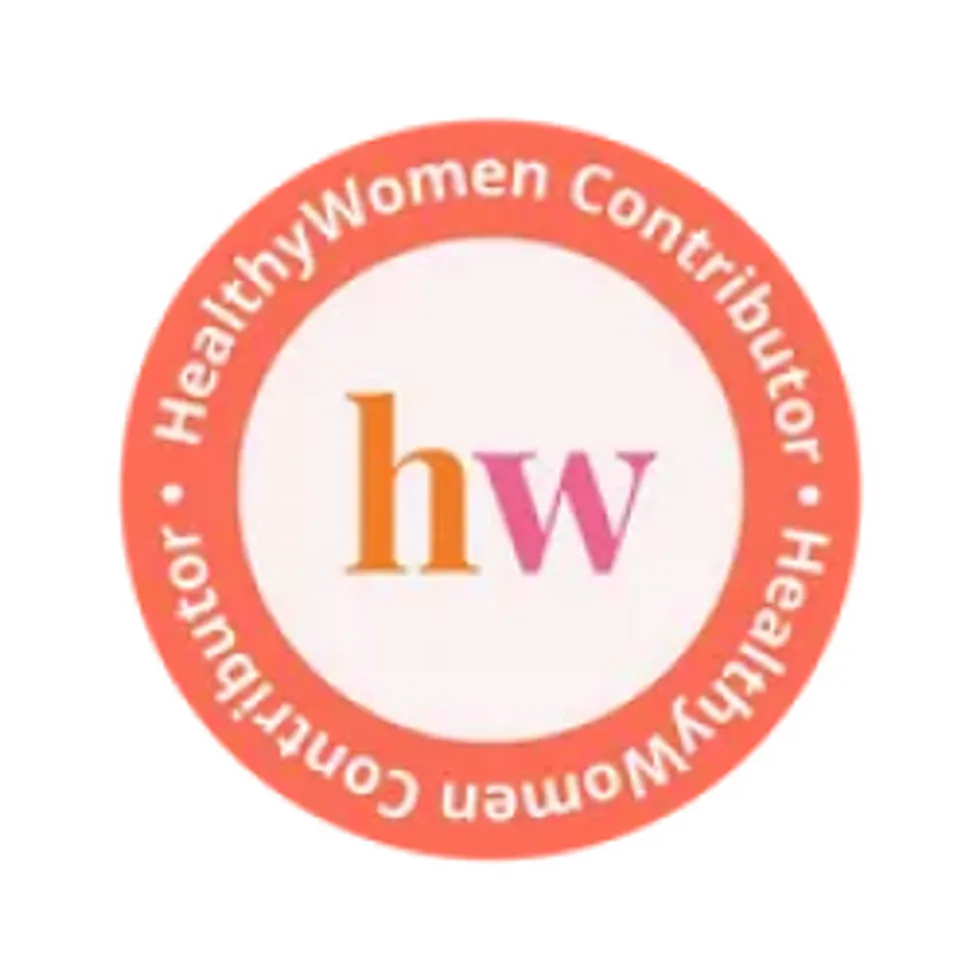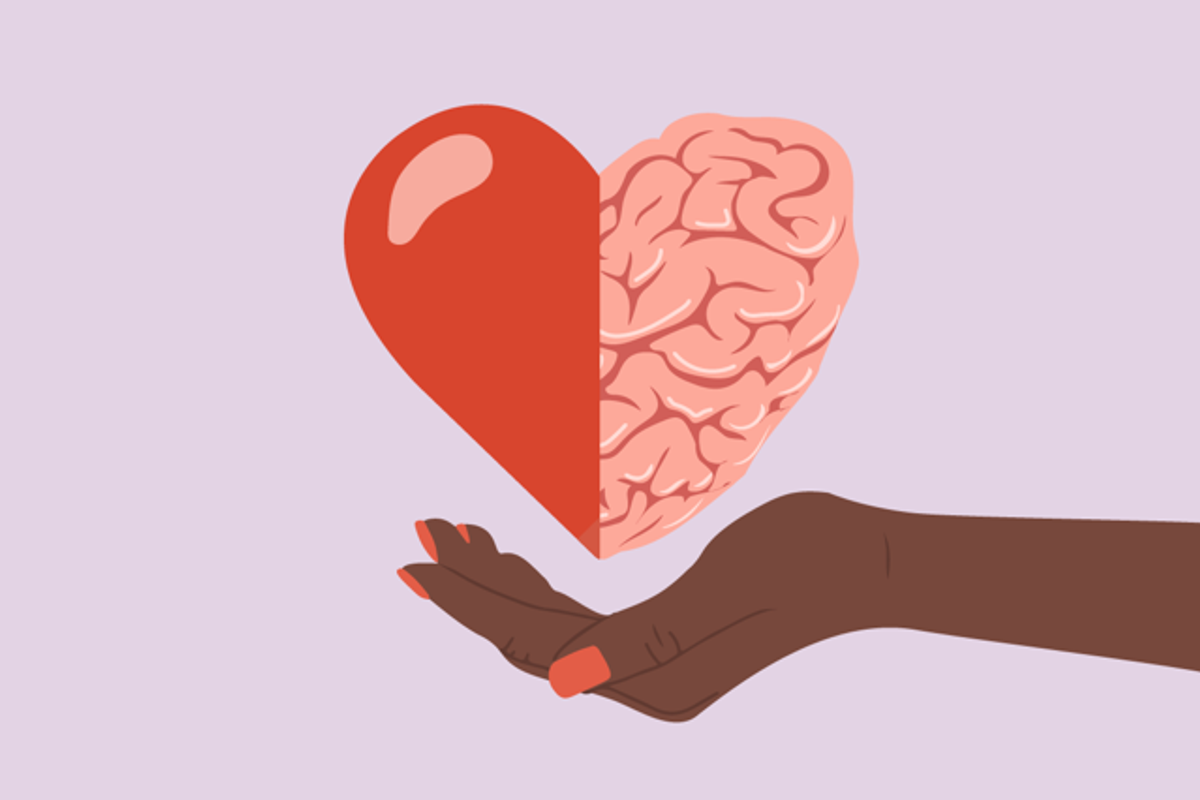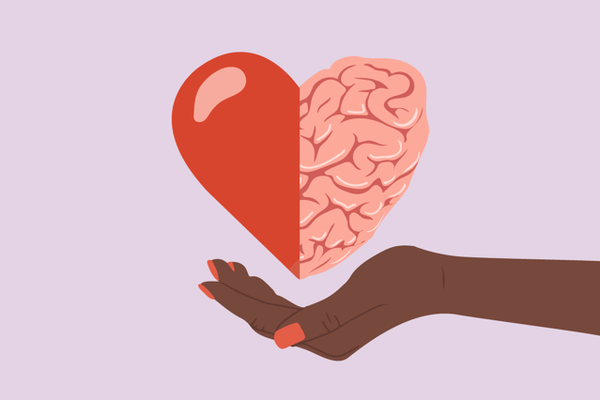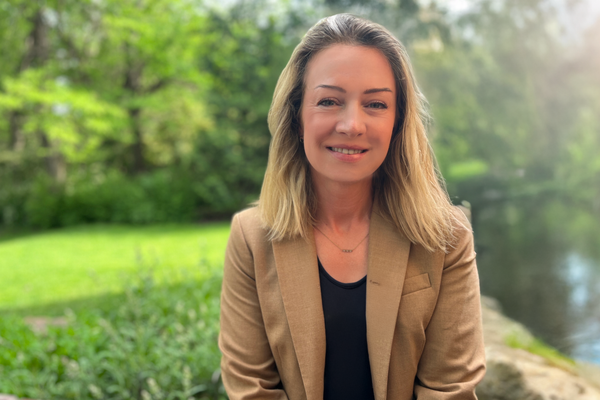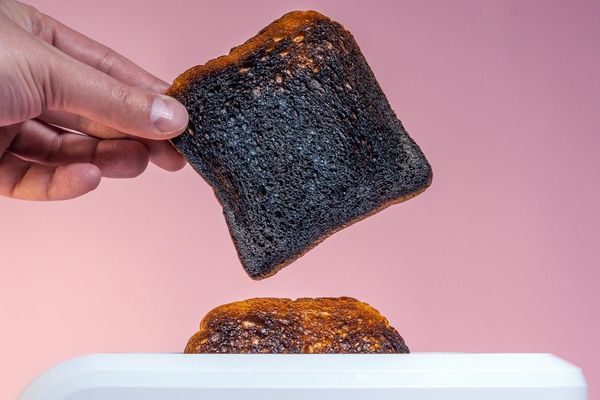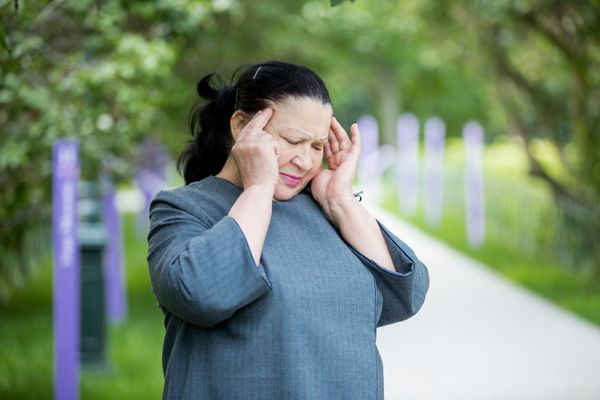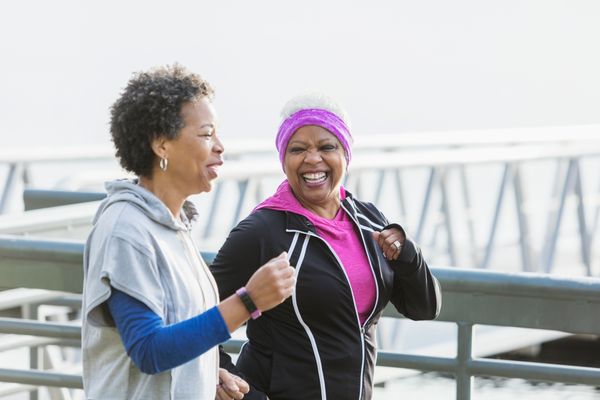What is a stroke?
A stroke happens when blood flow to the brain is interrupted.
This prevents brain cells from getting oxygen and other nutrients, causing them to die.
- 1 in 5 women will have a stroke.
- Stroke is:
- The No. 3 cause of death for women overall.
- The No. 1 cause of death for Black women.
- The No. 3 cause of death for Hispanic women.
Stroke warning signs
The sooner a stroke is caught, the better your chances of surviving and healing.
Remember B.E.F.A.S.T. to help you spot the signs.
B alance problems and dizziness
E ye problems like blurred vision or trouble seeing out of one or both eyes
F ace drooping or numbness on one side
A rm numbness or weakness in one arm
S peech problems like slurring or trouble getting words out
T ime to call 911 if you have any of these symptoms — even if they go away
Stroke risk factors
You may be more likely to have a stroke:
- If you are pregnant.
- Stroke risk is 3x higher for pregnant and postpartum people
- Risk is highest in the third trimester and the first 6 weeks after delivery
- If you had preeclampsia (high blood pressure during pregnancy)
- Women who had preeclampsia are 3x more likely to have a stroke later in life
- If you take oral contraceptives with higher estrogen levels or the birth control shot
- Low-dose estrogen or progestin-only birth control has little to no increased risk
- If you take certain types of hormone therapy (HT) after the age of 60
- Using transdermal estradiol (patch or gel) or lower-dose estrogen with progesterone lowers the risk for stroke
- If you have migraine with aura, especially if you smoke or take birth control
- This type of migraine may slightly raise your risk of stroke
- If you have atrial fibrillation (Afib), a type of irregular heart rhythm
- People with Afib are 3-5x times more likely to have a stroke
- If you have high blood pressure
- High blood pressure is the leading cause of stroke
Lowering your risk
Good news! Up to 8 out of 10 strokes are preventable. To lower your risk:
- Don’t smoke, or find help quitting.
- Watch your diet. Try to eat less red meat and processed foods and get plenty of fiber from fruits and veggies.
- If you have high blood pressure, ask your healthcare provider (HCP) about ways to lower it.
- Move your body regularly. Just 30 minutes, 5 days a week can cut stroke risk by ¼.
To learn more about strokes and whether you’re at risk, talk to your HCP.
Resources
This educational resource was created with support from Merck and Novartis.
- How to Reduce Your Risk for Stroke ›
- Is Smelling Burnt Toast a Sign That You're Having a Stroke? ›
- The Intersection of Heart Disease, Diabetes and Stroke ›
